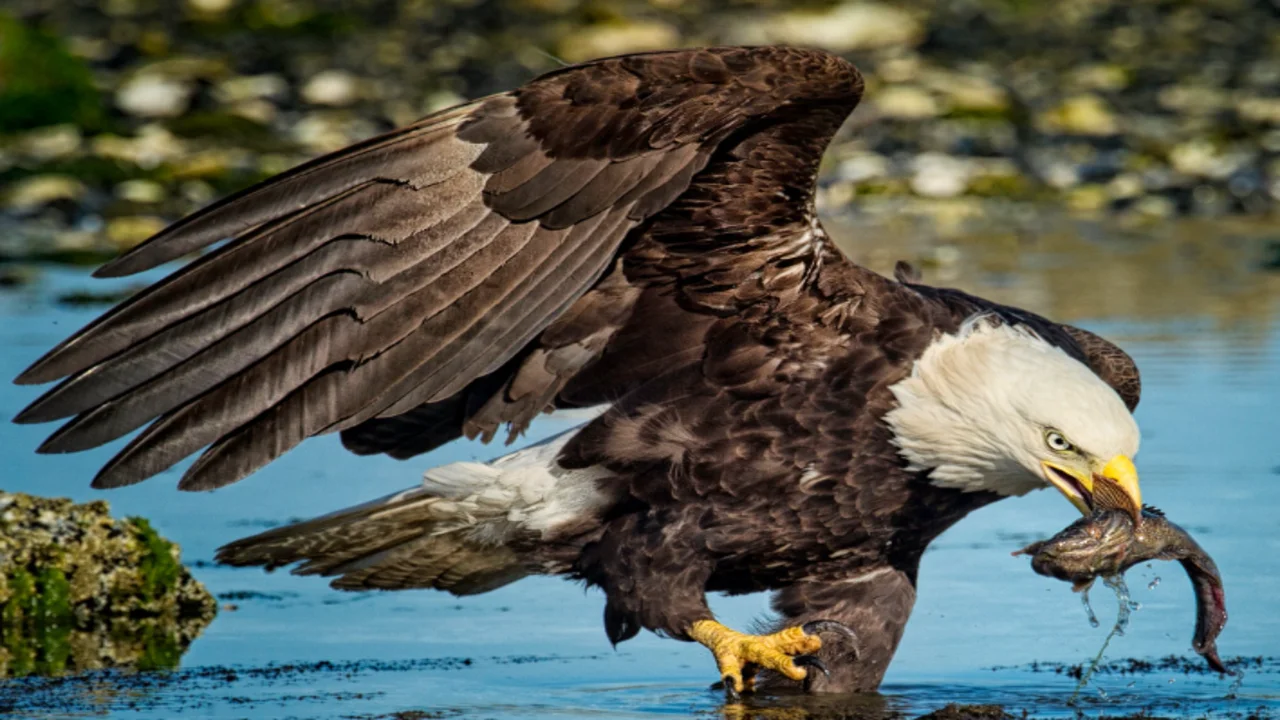Introduction
Hancock birds, a unique avian species, have captivated bird enthusiasts and scientists alike with their intriguing behaviors and stunning diversity. These birds, named after the renowned naturalist John Hancock, are a testament to the wonders of the natural world. This comprehensive guide delves into the world of Hancock birds, exploring their species, habitats, behaviors, and the efforts being made to conserve them.
What is a Hancock Bird?
Hancock birds are a group of avian species characterized by their vibrant plumage, melodious songs, and unique behaviors. These birds, which belong to the genus Hancockia, were first discovered in the early 19th century by John Hancock during his expeditions to the remote jungles of South America. Hancock birds are known for their distinct features, including their long, slender beaks, which they use to extract nectar from flowers, and their intricate mating dances, which are a sight to behold.
Species of Hancock Birds
Hancock birds are found in a variety of habitats, from lush rainforests to arid deserts. Some common species include the Crimson Crested Finch, the Emerald Tanager, and the Golden-winged Warbler. These birds play a crucial role in their ecosystems, serving as pollinators, seed dispersers, and indicators of environmental health.
Habitats of Hancock Birds
Hancock birds are known for their adaptability to a wide range of habitats. They can be found in forests, grasslands, wetlands, and even urban areas. Their ability to thrive in diverse environments makes them an important part of the ecosystem.
Behavior and Social Structure
Hancock birds exhibit a variety of interesting behaviors, including intricate courtship rituals, cooperative breeding, and complex communication patterns. They are also known for their intelligence, with some species capable of using tools and solving complex problems.
Migration Patterns
Migration is a common behavior among Hancock birds, with many species traveling thousands of miles each year to find food and breeding grounds. Understanding these migration patterns is essential for their conservation.
Diet and Feeding
Hancock birds have a diverse diet, feeding on insects, fruits, seeds, and nectar. Some species are specialized feeders, such as the nectar-feeding hummingbirds, while others are opportunistic feeders, taking advantage of whatever food is available.
Conservation Efforts
Despite their adaptability, Hancock birds face numerous threats, including habitat loss, climate change, and poaching. Conservation efforts are underway to protect these birds and their habitats, including the establishment of protected areas, habitat restoration, and public education campaigns.
Birdwatching Tips
Birdwatching is a popular pastime for nature enthusiasts, and Hancock birds are a favorite subject for many birdwatchers. Tips for birdwatching include using binoculars, learning to recognize bird calls, and being patient and observant.
Photography and Videography
Capturing images of Hancock birds can be a rewarding experience. Tips for photographing these birds include using a telephoto lens, shooting in the early morning or late afternoon when the light is soft, and approaching the birds slowly and quietly to avoid disturbing them.
Hancock Bird Sounds and Communication
Hancock birds use a variety of sounds to communicate with each other, including calls, songs, and displays. Understanding these sounds can help birdwatchers identify different species and learn more about their behavior.
Building and Installing Bird Houses
Providing nest boxes or birdhouses can attract Hancock birds to your yard and provide them with a safe place to nest and raise their young. Tips for building and installing birdhouses include choosing the right location, using the right materials, and maintaining the birdhouse properly.
The Role of Hancock Birds in Ecosystems
Hancock birds play a crucial role in their ecosystems, helping to pollinate plants, disperse seeds, and control insect populations. Protecting these birds is essential for maintaining the health and balance of their habitats.
Educational Programs and Resources
Many organizations offer educational programs and resources to help people learn more about Hancock birds and how to protect them. These resources include birdwatching clubs, online courses, and field guides.
Myths and Misconceptions
There are many myths and misconceptions surrounding Hancock birds, including the belief that they bring bad luck or that they are pests. Educating the public about these birds can help dispel these myths and promote conservation efforts.
Future Research and Developments
The study of Hancock birds is an ongoing field of research, with new discoveries being made all the time. Future research directions include studying the effects of climate change on Hancock bird populations, developing new technologies for tracking and studying these birds, and engaging citizen scientists in conservation efforts.
Conclusion
In conclusion, Hancock birds are a fascinating group of avian species that play a crucial role in their ecosystems. By understanding their behavior, habitat requirements, and conservation needs, we can ensure that these beautiful birds continue to thrive for generations to come.





